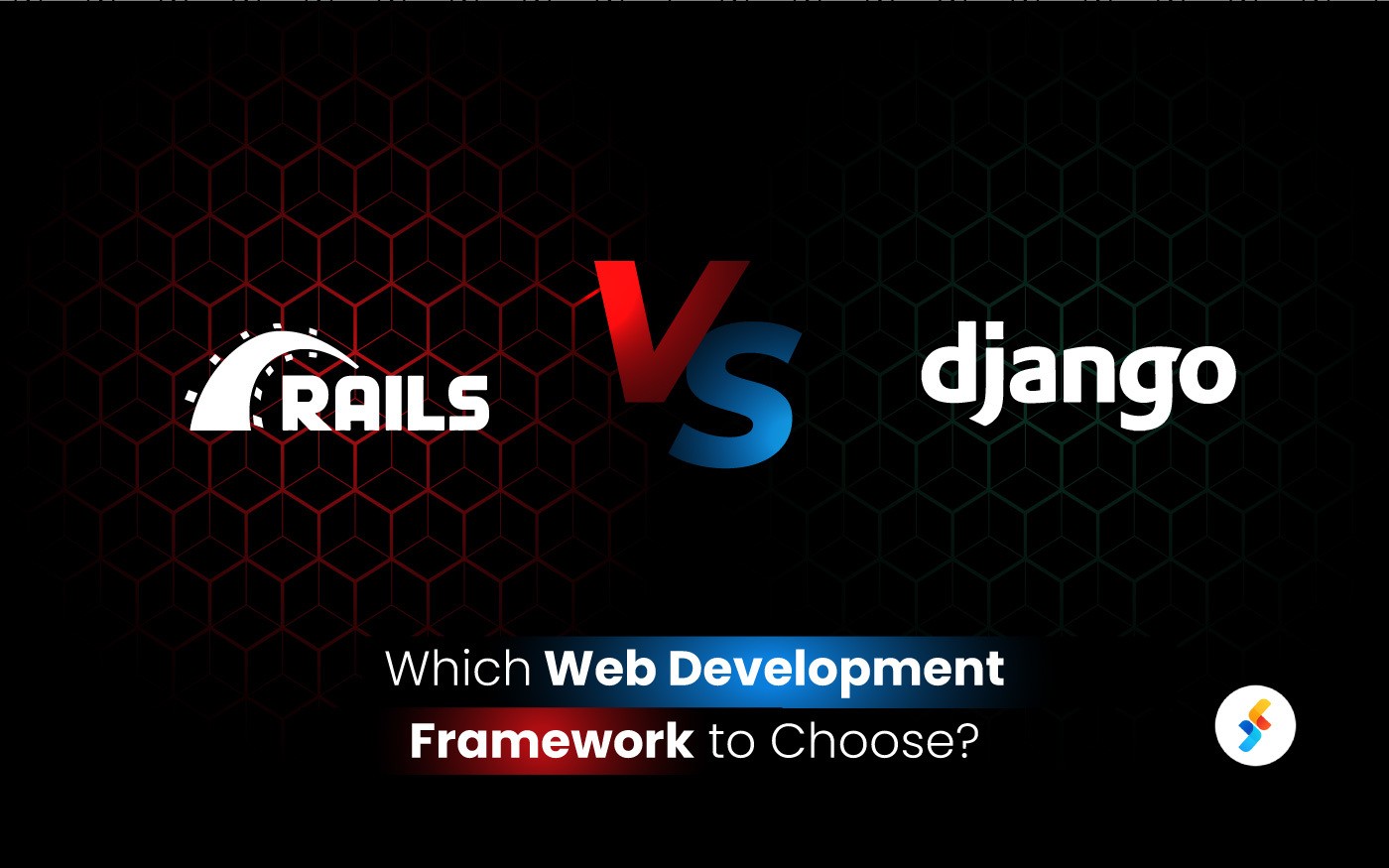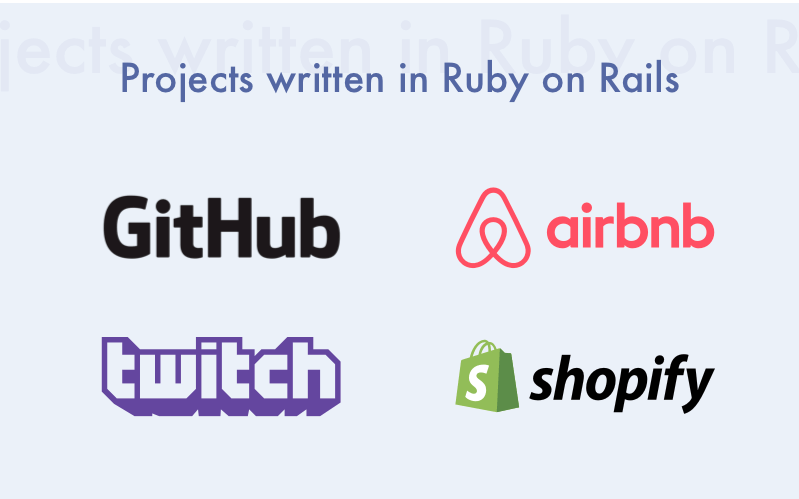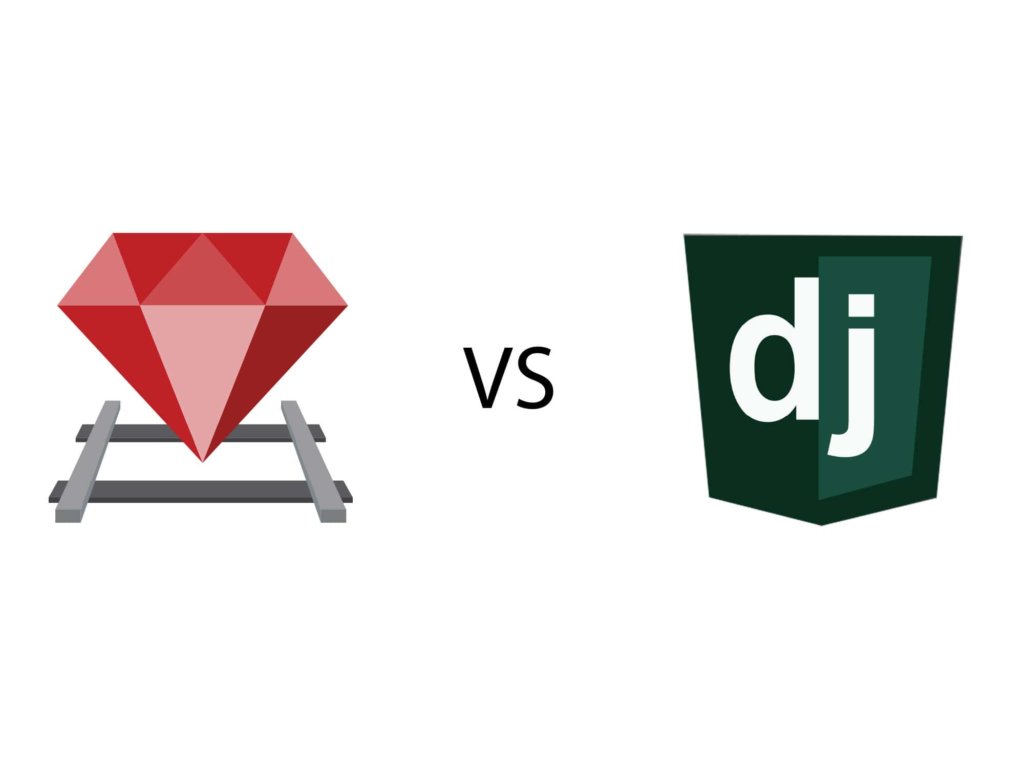
However, it allows the use of multiple databases. Ruby on Rails comes configured for SQLite. However, it is better to use a NoSQL database as it stores data in JSON objects because it offers more accessibility to Node.js. Hence, it is compatible with microservices’ needs and deployments. Though Ruby on Rails leans on monolithic architecture, it can be used in a microservices architecture. Hence, Node.js and Microservices are an absolute combination for building enterprise-grade complex applications with higher scalability.
#Nodejs vs ruby on rails code#
Node.js builds smaller parts of services and code modules to efficiently handle multiple concurrent requests. Testing is simple and effective in ROR, considerably reducing intricacies during the testing phase.

However, Inadequate memory management and poor concurrency can create issues when trying to scale quickly on the ROR platform. It is possible to scale with ROR if you invest more resources than other leading backend frameworks. Node.js offers competent testing and debugging capabilities. Hence, development teams can build applications more quickly as they scale. It is highly compatible with microservices. Node.js builds highly-scalable applications, and the event loop mechanism enables the server to process maximum requests. Scalability and Ease of Testingīackend frameworks significantly influence web application scalability and ease of testing. Learn more: Case Study – How Fingent helped Be Strong create an application using Node.js framework to prevent bullying, violence, and other mental crises amongst youth. Also, since it follows the conventions of the configuration principle, it reduces developers’ legwork. This architecture easier testing and decoupling because of the convenient separation of concerns. Ruby on Rails, on the other hand, follows MVC architecture. It ensures faster, flexible development modules and reduces time to market. in addition, it supports asynchronous communication between various components providing high performance. Node.js enables developers to handle multiple concurrent requests with high performance. A framework should be a guide, not a standard. It is important to choose flexibility when choosing a framework. RoR applications may slow down in rare cases, like when the traffic scales significantly. Ruby on Rails can create efficient web applications with satisfactory performance. Plus, the JavaScript engine can make multitasking more efficient.

Node.js creates the perfect environment for small tasks that do not affect the main application thread. Performance is important when building complex and large projects.
#Nodejs vs ruby on rails pro#
Now that we understand the pro and cons, let us look at a few other comparisons. Pros and Cons of Node.js and Ruby on Rails Ruby on Rails enabled them to reduce the TTM.

Finding a suitable framework that ensures utmost scalability and performance is the key to a successful business. These frameworks help in creating necessary online platforms and applications. The backend frameworks are an important aspect of web development. The advent of backend frameworks has helped raise the standards of web development.

Digital presence is no longer confined to a static website.


 0 kommentar(er)
0 kommentar(er)
